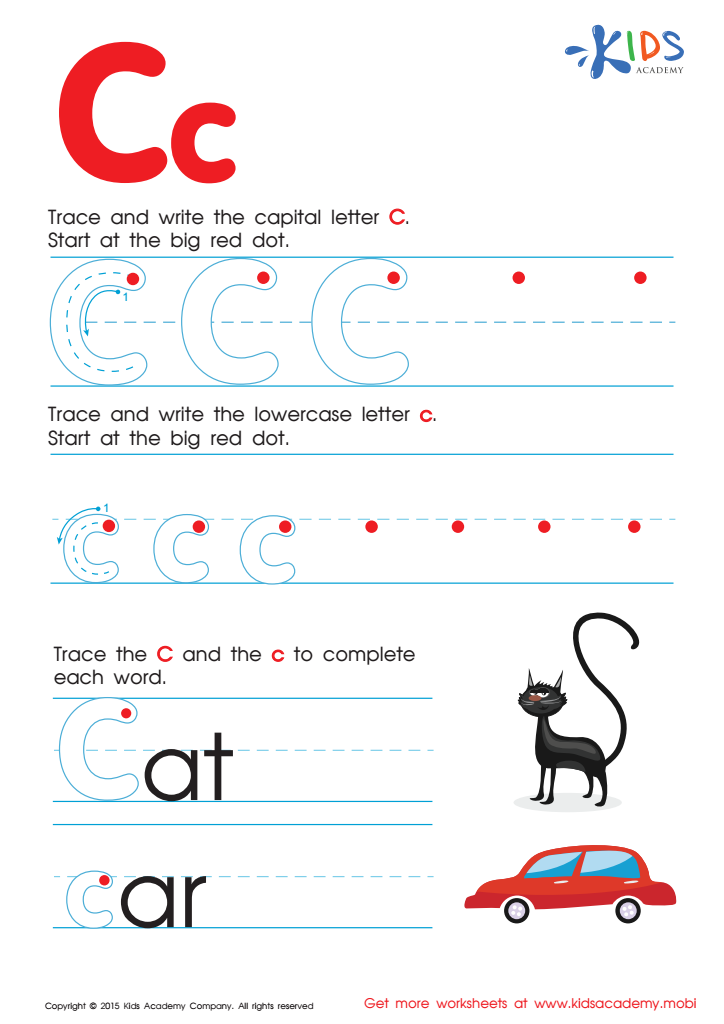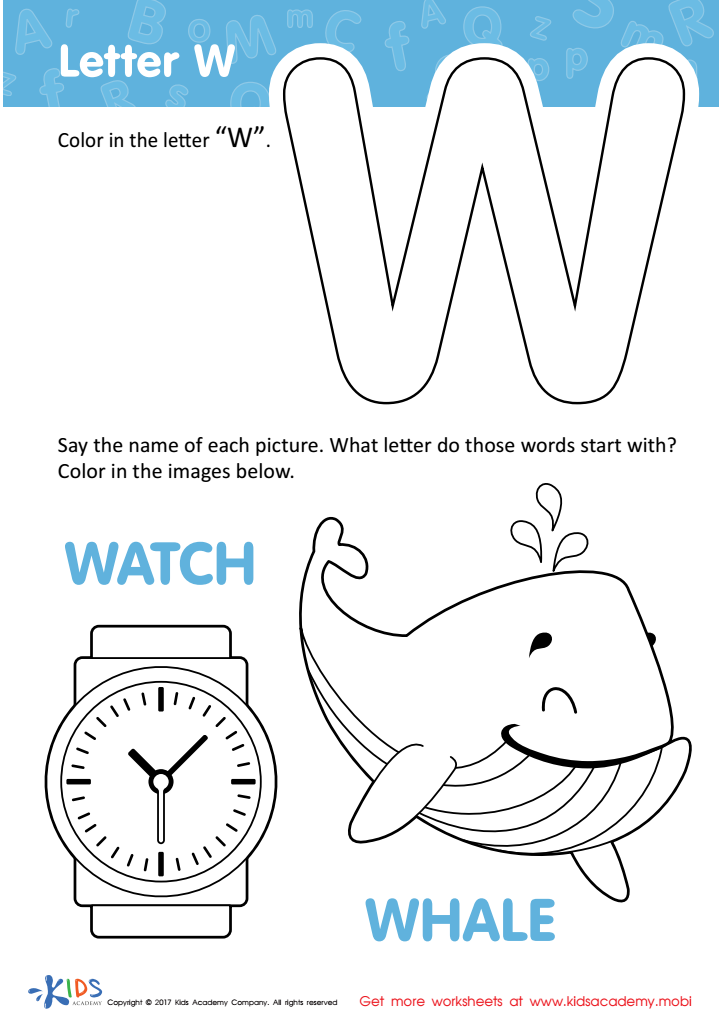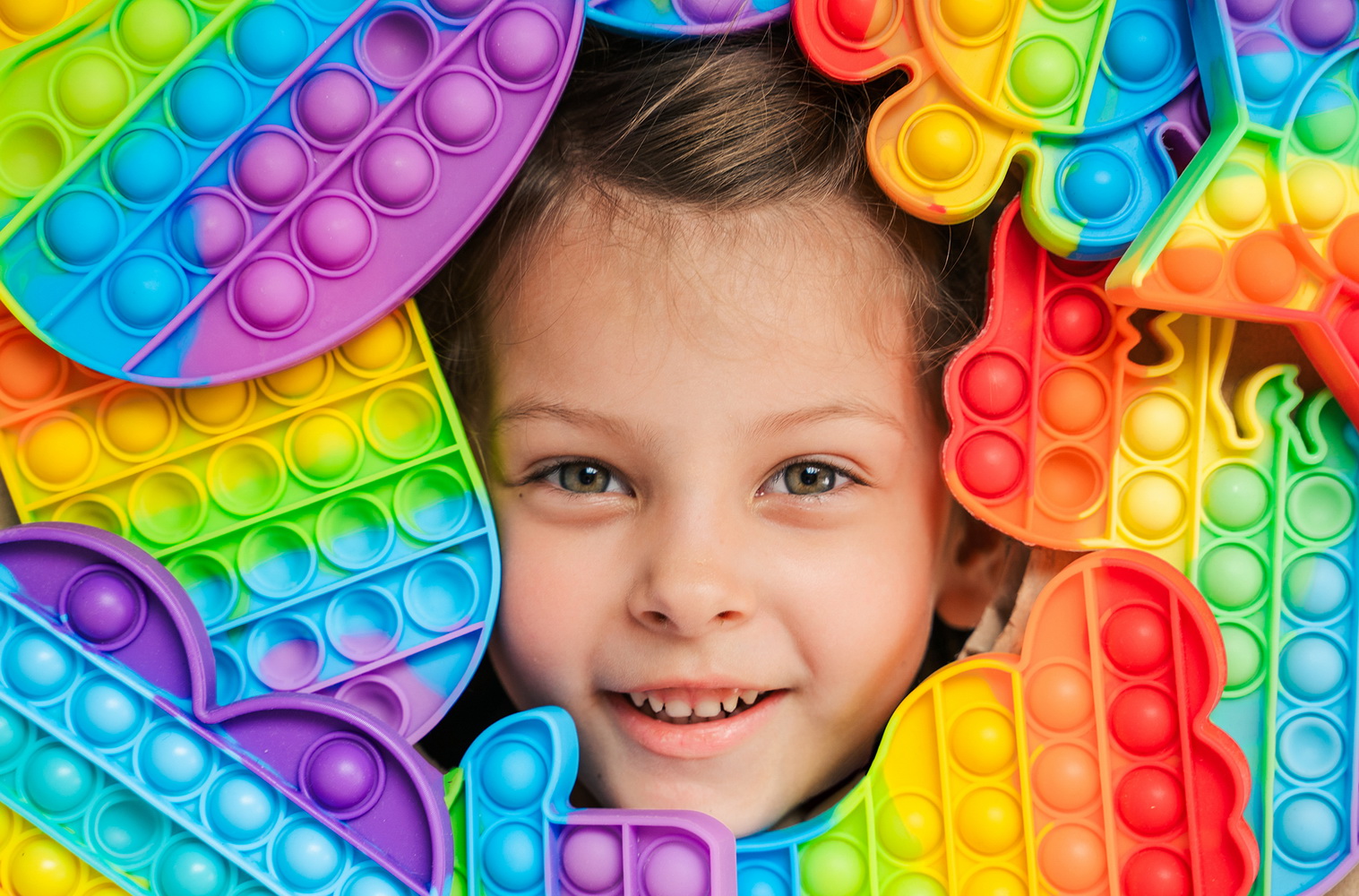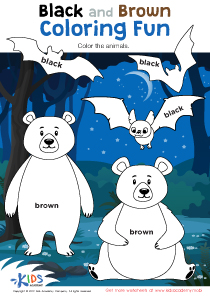Letter tracing skills English for Beginners Worksheets for Ages 4-7
3 filtered results
-
From - To
Discover our fun and engaging "Letter Tracing Skills English for Beginners Worksheets for Ages 4-7" to help young learners master essential writing skills! Perfect for children just starting their educational journey, these worksheets provide plenty of opportunities to practice tracing uppercase and lowercase letters. Each activity is designed to develop fine motor skills, hand-eye coordination, and letter recognition while making learning enjoyable. Ideal for preschoolers and early elementary students, these worksheets are a valuable resource for teachers and parents alike. Download now and set the foundation for successful handwriting and a lifelong love of learning in your child!


Letter T Coloring Sheet


Letter C Tracing Page


Letter W Coloring Sheet
Letter tracing is a fundamental skill that plays a crucial role in early childhood literacy and fine motor development. For children ages 4-7, mastering letter tracing lays the foundation for successful handwriting and reading, essential skills for their educational journey. Parents and teachers should pay particular attention to letter tracing for several reasons.
Firstly, letter tracing helps develop fine motor skills and hand-eye coordination. Young children learn to control their hand movements by following the shape of each letter, which directly influences their ability to write legibly in the future. Improved fine motor skills are beneficial beyond writing, affecting tasks like cutting with scissors, buttoning clothes, and typing.
Secondly, letter tracing reinforces letter recognition and phonemic awareness. Children begin to associate the shape of each letter with its corresponding sound, a crucial step in learning to read. This repetitive practice helps solidify their understanding of the alphabet, enabling them to decode words more effectively.
Additionally, letter tracing encourages focus and perseverance. Completing tracing exercises requires children to concentrate and follow through a task, skills that are invaluable for academic success.
Incorporating letter tracing into daily activities offers a multisensory learning experience, combining visual, auditory, and kinesthetic elements. This holistic approach to learning ensures that children develop a strong literacy foundation, supporting their growth and confidence as they advance in their education.
 Assign to My Students
Assign to My Students

















